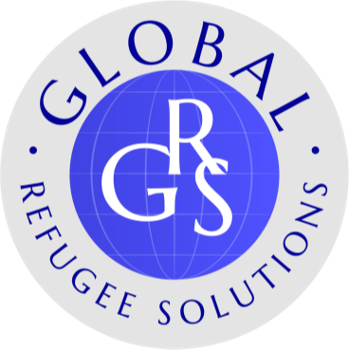South Africa
Learn more about the region below
Overview
South Africa is home to a large population of forcibly displaced people, refugees and asylum seekers primarily from neighboring African nations. While the country offers asylum, significant challenges persist ranging from xenophobic violence to barriers in accessing services and lengthy delays in asylum processing. Despite international support, many refugees remain vulnerable and underserved in urban areas without access to adequate protection or opportunity.
Country Facts
- Population: Approximately 60 million
- Refugees and Asylum Seekers: 250,250
- Recognized Refugees: 75,033
- Asylum Seekers: 165,115
- Primary Countries of Origin: Burundi, DRC, Rwanda, South Sudan, Somalia, Zimbabwe
- Key Issues: Xenophobia, gender-based violence, asylum backlog, lack of documentation
Crisis
South Africa remains one of the leading destinations for refugees and asylum seekers in Southern Africa, especially from countries experiencing prolonged instability such as the Democratic Republic of the Congo, Zimbabwe, and Somalia. However, the country’s urban-based integration model, absence of refugee camps, and complex asylum system have resulted in widespread gaps in access to legal status, documentation, healthcare, and education. Xenophobic violence and discrimination further compound the risks faced by forcibly displaced individuals. As of late 2023, the broader southern Africa region hosted over 10 million displaced people, many of whom live in protracted crises or continue migrating in mixed flows across borders
Frequently Asked Questions (FAQs)
Why are there so many refugees and asylum seekers in South Africa?
South Africa serves as a destination for people fleeing conflict, persecution, and economic hardship from neighboring countries like the DRC, Zimbabwe, Somalia, and South Sudan. Its relative stability and open asylum policies make it an attractive option for many seeking protection.
What challenges do refugees face in South Africa?
Refugees and asylum seekers face barriers to accessing legal status, documentation, and essential services such as healthcare and education. They also encounter xenophobia, discrimination, and limited job opportunities, often living in urban poverty.
How does South Africa’s asylum system work?
South Africa does not operate refugee camps. Instead, asylum seekers live within communities while they await a decision on their refugee status. However, there is a significant backlog of pending asylum applications, leaving many in legal limbo for year
Is there international support for refugees in South Africa?
Yes. Organizations like UNHCR, IOM, and HIAS provide support for refugee rights, services, and integration. Efforts are ongoing to clear the asylum backlog, expand protection mechanisms, and include refugees in education and health programs.
How is xenophobia affecting refugees and migrants?
Xenophobic violence remains a persistent threat. Refugees and migrants are often scapegoated during times of economic strain and face physical attacks, eviction, and discrimination. This creates an unsafe and hostile environment for many.
